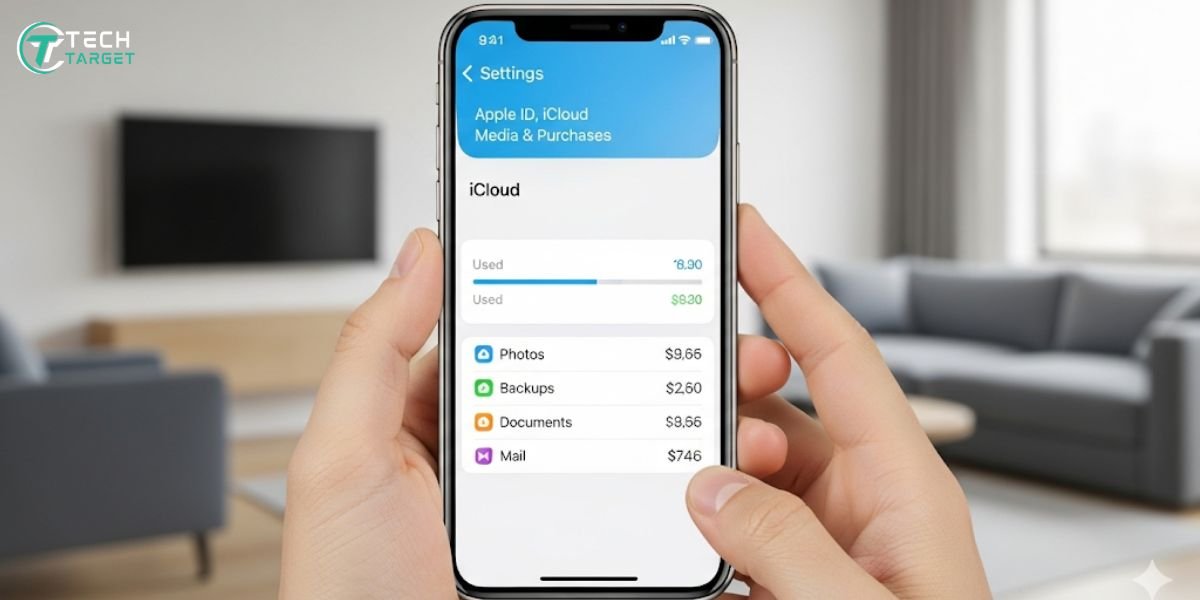Introduction
Ugh, that moment when the internet just… stops. For lots of us, companies like Armstrong give us that super important connection for work, school, and just staying in touch. So, when it goes sideways, knowing what’s up and how to handle it becomes a big deal, right?
Are you scratching your head, wondering if it’s just your connection acting up or if the whole neighborhood is in the same boat? And what in the world can you even do about it? Well, this guide is here to help you make sense of Armstrong internet outages. We’ll walk through how to see if the service is down, what usually causes these hiccups, and some useful things you can do while you’re waiting to get back online. The goal? To get you reconnected as smoothly as possible.
What Is an Armstrong Internet Outage?
Okay, so an internet outage is pretty simple: it’s when your internet isn’t working like it should. Maybe your devices can’t even find a connection, or maybe it’s crawling so slowly it’s useless.
These interruptions don’t just happen out of nowhere. Sometimes, Armstrong might have planned technical maintenance to make their service better. Other times, their equipment might have unexpected technical issues that cause things to go down. And then there’s the weather – big storms or heavy snow can mess with their equipment too, leading to outages. It could be a small issue just around your block (localized outage) or something bigger affecting a whole area (widespread outage). Even though Armstrong tries to keep things running smoothly, just like any internet company, they do have their off days.
How to Check If Armstrong Is Down
When the internet quits on you, the first thing you probably think is, “Is it just me?” Here’s how to figure out if it’s a bigger Armstrong internet outage:
One of the quickest ways is to head over to the Armstrong Internet Outage Map. You can typically locate this information directly on Armstrong’s official website. Just go to Armstrong’s official support page and look for something like “Support” or “Service Status.” The outage map often lets you see if others in your general area are having problems. You might need to type in your zip code or address to get a more specific picture.
It’s also a good idea to check Armstrong’s official website. They often have an outage alert page or a news section where they’ll post updates if they know about a service interruption.
Another handy tool is websites like DownDetector. These sites keep track of reports from users about all sorts of online services, including Armstrong. If you see a sudden jump in people reporting issues with Armstrong in your area, it’s a pretty good sign of an outage.
Don’t forget about social media, like Twitter (now X). Search for “#ArmstrongOutage” or “@ArmstrongCorp” to see if folks in your neighborhood are talking about the same problem. It can give you a quick, real-time sense of what’s going on.
Lastly, sometimes the simplest way is best: just ask your neighbors or check any local online community forums. If a bunch of people right near you are having the same trouble, it’s likely a local outage.
Quick tip: If your home Wi-Fi is dead, try using your phone’s regular data to check these websites and social media for info.
Identifying an Outage in Your Area
To zoom in and see if there’s an “Armstrong internet outage in my area,” your best bet is to use Armstrong’s own tools.
Go back to looking for that Armstrong internet outage map. Most of them have a way to use your device’s location, so it can automatically show you if there are any reported outages nearby. If that’s not working or you’d rather not, you can just type in your zip code into the map.
A lot of these maps also have filters that let you see reports from specific times, like “Armstrong internet outage today.” This helps you see what’s currently happening.
Outage maps often use heatmaps or show live reports to give you a visual idea of where the most problems are. If you see a lot of red or orange on the map in your area, that usually means more people are reporting issues.
It’s also helpful to understand the difference between a local problem (just a few streets) and a bigger, regional issue. If the outage map shows a tiny spot of trouble near you, it might just be a piece of equipment acting up locally. But if it’s a big chunk of the map lit up, it’s probably a more widespread network problem.
What You Can Do During an Armstrong Outage
While you’re twiddling your thumbs waiting for the internet to come back, here are a few things you can try:
The first thing everyone should do is restart their modem and router. Seriously, it’s like magic sometimes. Just unplug both from the wall, wait a minute or so, then plug the modem back in first. Wait until all the little lights on it look normal and stable, then plug your router back in. This can often fix those little temporary hiccups.
Head over to Armstrong’s support page and see if they’ve posted anything about scheduled maintenance. Sometimes they plan these things, and they’ll usually give you a heads-up on their website.
If you’ve got a phone with a data plan, you can use your phone as a hotspot for a little while to do anything really important online. Just keep an eye on your data usage, because hotspots can eat through it pretty fast.
It’s also a smart move to save any important work you have open on your computer before the internet decides to come back on unexpectedly. Close any apps you don’t need running too.
Definitely reach out to Armstrong support to let them know about the outage and get any updates they might have. Usually, the best way is to call their customer service or log into your account on their website and see if there’s a way to report it there. They might even have a mobile app you can use for this.
If Armstrong offers them, sign up for outage alerts or text messages. That way, they can send you direct updates about what’s going on in your area.
One thing to be careful about is not repeatedly resetting your modem and router without Armstrong telling you to. Doing it too much can sometimes make it harder for them to figure out what’s wrong.
How to Report an Armstrong Internet Outage
Letting Armstrong know about an outage helps them get things fixed faster for everyone. Here’s how you can do it:
You can just call Armstrong customer service. Their phone number is usually on their website and on your bills.
A lot of people also report outages through their online account on the Armstrong website. Just log in and look for a support or service issue section.
Armstrong might also have a mobile app where you can quickly report an outage right from your phone.
When you do report it, try to have some info ready, like your account number, the address where the service isn’t working, and any error messages or weird lights you’re seeing on your modem or router. The more details you give them, the better they can understand what’s happening.
Preventive Tips to Stay Connected
While you can’t stop every internet outage, here are a few things that might help minimize the frustration:
Think about having a backup internet option, even if it’s just your phone’s data plan with enough hotspot data.
Make sure you update the software (firmware) on your modem and router regularly. These updates often make things run better and keep your connection more secure.
Keep offline copies of important files on your computer, just in case you lose your internet connection and need to get to them.
Consider getting a UPS (Uninterruptible Power Supply) for your modem and router. It’s like a little battery backup that can keep them running for a short time if the power goes out, which might help if the problem isn’t with Armstrong’s main network.
Conclusion
Dealing with an Armstrong internet outage can be a pain, but knowing what to do when it happens can make things a bit less stressful. Remember to use Armstrong’s official outage tools and keep their support contact information handy. For more help with your home network, you might find guides on setting up your router or making your Wi-Fi better. Stay informed, be prepared, and you’ll get through these temporary internet hiccups with a little more ease.











